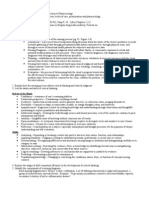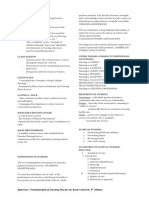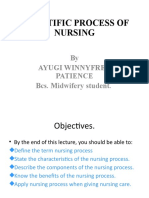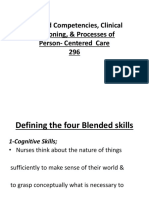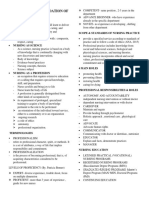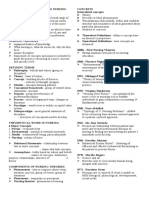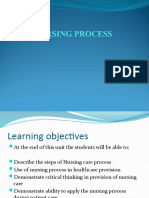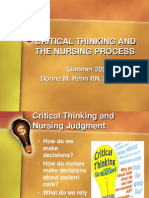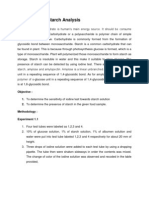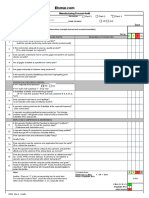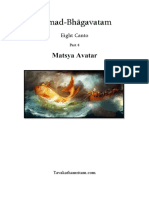0% found this document useful (0 votes)
11 views2 pagesMidterm Objectives
The document outlines midterm objectives for nursing lectures, covering historical perspectives, contemporary practices, and professional organizations in Saudi Arabia. It emphasizes critical thinking, the nursing process, and effective communication, along with the importance of documentation and confidentiality in client records. Each lecture focuses on specific concepts, theories, and skills essential for nursing education and practice.
Uploaded by
renzdelar4Copyright
© © All Rights Reserved
We take content rights seriously. If you suspect this is your content, claim it here.
Available Formats
Download as DOCX, PDF, TXT or read online on Scribd
0% found this document useful (0 votes)
11 views2 pagesMidterm Objectives
The document outlines midterm objectives for nursing lectures, covering historical perspectives, contemporary practices, and professional organizations in Saudi Arabia. It emphasizes critical thinking, the nursing process, and effective communication, along with the importance of documentation and confidentiality in client records. Each lecture focuses on specific concepts, theories, and skills essential for nursing education and practice.
Uploaded by
renzdelar4Copyright
© © All Rights Reserved
We take content rights seriously. If you suspect this is your content, claim it here.
Available Formats
Download as DOCX, PDF, TXT or read online on Scribd
/ 2



